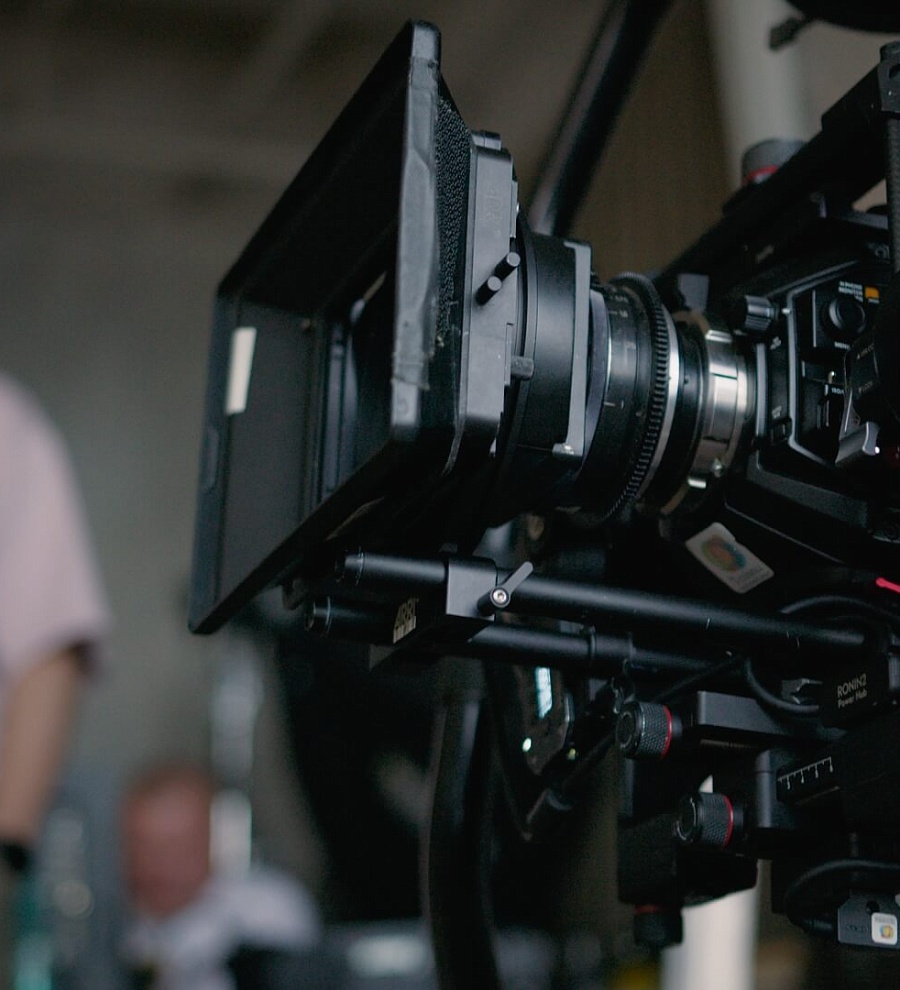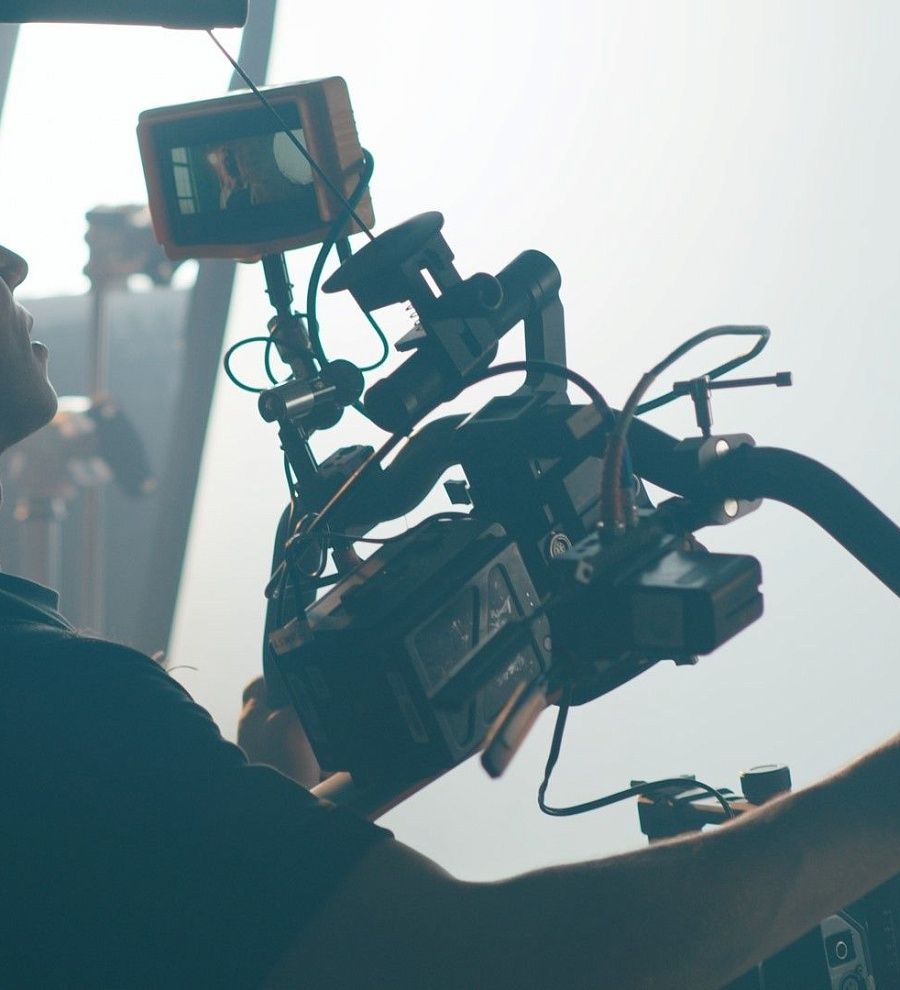- Processes
- 19 December 2022
Stages of video production: how we turn your idea into a perfect video

When a client gets in touch with a video production studio, the film does not magically appear in his inbox two weeks later. Before that, the studio and the client spend several weeks or even months working in collaboration. Sure, each case is special and requires a unique approach, but the process of video production consists of a series of non-changeable obligatory steps. Here they are.
Step one. The briefing
First, we should understand each other. In a perfect world you as a client fill out the briefing form in detail, and we just agree on the riches we receive as remuneration. But the reality is brutal, so usually, you are expected to fill out a short form on our website and we will meet you online to discuss your ideas. The briefing covers:
- He problem that you want to solve with the video, or the main WHY? of the project. You might need a viral commercial for a new flavored yogurt, a new year-themed corporate video for social media, or a presentation for new partners and investors, but never all the options. One video solves one problem.
- Potential challenges that we can meet during the production process. For example, you ordered some new extra expensive equipment but the shipment was unexpectedly delayed. Nevertheless, the innovation must be shown in the presentation. Tell us and we will find the way out.
- And clearly, taking into account all the ideas and nuances, we should agree on the deadline and costs of the project. Depending on the problem, you can expect a simple social media clip or a feature-length corporate film. Obviously, those are two different projects and it would be great to discuss this point in advance.
Step two. The commercial proposal
The week following the briefing we spend preparing a commercial proposal for your company. Then we send it to you to agree on all the details.
The proposal includes two or three creative concepts illustrated in the form of clear references, a draft budget, and the projected timeline. If the deadline is close, there will be only one concept, though.
Step tree. The script
The proposal is approved, and we turn to the script of the future video. We develop the plot, the lines of the characters, and the narration text.
We agree on the script and then artists and screenwriters prepare a storyboard. Such a visual script helps you to understand and refine the plot. In addition, it facilitates the process of future shooting.
Depending on the duration of the video, the storyboard stage takes a week or two.
Step four. The pre-production
In plain words, pre-production means preparation for the shooting stage. We must define the scope of future work and assemble our moral and material resources.
How many specialists will be involved in the project? When we shoot a simple interview with the company manager, the people we need are a director, a cameraman, two lighting technicians, and a sound engineer. For a complicated film, we will need to assemble a cast of actors, a producer, a director of photography, administrators, a casting director, a technician, and more.
We can shoot the interview right on the production site, but for an elaborate project, we should book a studio, and sometimes more than one. We choose outfits, cameras, lighting gear, and sound recording equipment … and maybe we could use a retro convertible?
People should also be managed. First the casting, then the shooting schedule, we take into account the weather, the traffic, and someone’s birthday. All the decisions must be agreed upon with the client, so the pre-production stage takes up to three weeks.
Step five. The production
The work finally leaves the office and gets to the set! If the project needs it, you find the crew in the pool, in the middle of Russian Taiga, on the streets of Moscow, or in the studio at dawn.
You, as a client, can always come to the set and become a part of the fun. New ideas and comments can always pop into your head – tell us and we will consider them immediately not stopping the production process. This work collaboration is the best way to meet all the expectations.
Step five. The post-production
This stage requires the project to return to the office.
Even though the bigger part of the footage is ready, it’s not the time to relax. It is important to check and agree on every step – each in its time. You don’t want the final presentation to bring you a lawsuit for overpromising in your yogurt ad; a part of the coloring work will go in vain if we do it before the assembly phase. Checking everything on time will save us from unnecessary work, extra costs and schedule extensions.
The time limits depend on the type of project (as usual) but you can count on two weeks of work at this stage.
This is what happens during the post-production:
- Assembly, music selection, and approval of the narrative text;
- Graphics. Sometimes a video needs just a logo in the corner and some captions, but some projects need serious 3D graphics. (An example of this is the missing equipment we considered in step one.) Anyway, still images come first, then we animate them;
- Approval of the voice-over and his work. We find the voice that you will call ‘the one’, record it and send it to you to approve;
- Coloring and sound design. When the project has passed all the stages of approval, it should get the final gloss. Now it is good to look at as well as to listen to.
Step seven. The Final
Your video is ready! Now it’s time to shake hands, celebrate, sign some concluding documents and make plans for the next year.
All the steps we have listed in this article describe the real process of video production in most cases. On each of the steps, the studio and the client work together and communicate on each detail. That’s the perfect way for all the ideas to find their place while saving the deadlines and the budget. As a result – you get your dream video.


- 1 August 2023

- 19 December 2022

- 28 February 2023

- 21 February 2023